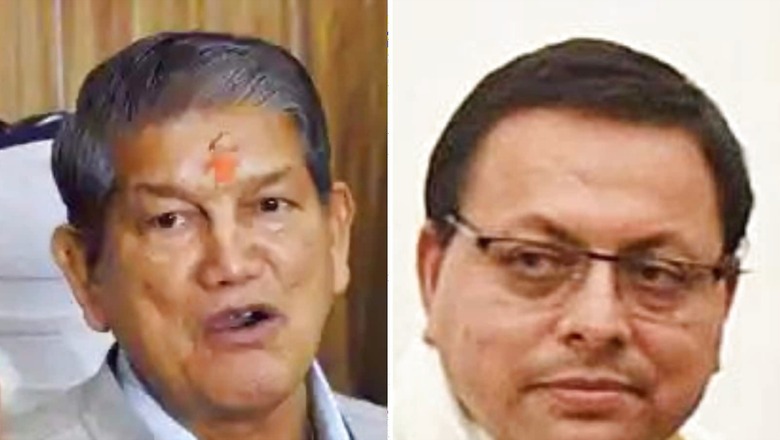
views
Uttarakhand chief minister Pushkar Singh Dhami’s election-eve promise of a Uniform Civil Code is aimed at differentiating himself from his two predecessors and their legacy of anti-incumbency. Even as Brand Modi continues to be wildly popular in the hill state, voters have long been disenchanted with the state government.
Dhami’s concern about the “cultural-spiritual identity” of the state comes a little late in the day, and its impact may be limited to areas where a significant influx of ‘outsiders’ has resulted in demographic shifts, impacted local businesses and created social frictions. However, it does make him appear more pro-active than the previous CMs.
Scams, mismanagement of the COVID-19 pandemic, environmentally ruinous policies, rampant profiteering in land and, most of all, three chief ministers in four months can hurt the BJP’s prospects in the state. Hence the Congress slogan, ‘Teen Tigada Kaam Bigada, Uttarakhand Mein Nahi Aayegi ab Bhajpa Dobara’.
The Congress is banking on strong anti-incumbency and consequent ‘negative voting’ to regain power. The party has the edge but, on the cusp of voting, is caught up in self-destructive factional feuds. Widespread disgust over the ego-clashes in the Congress matches voters’ exasperation with the BJP’s shenanigans.
Take the bizarre situation in which Congress leader and former chief minister Harish Rawat – the most preferred CM candidate in opinion polls – finds himself. He was to contest from Ramnagar, but senior party colleague Ranjit Rawat wanted the seat and threw a tantrum.
Harish Rawat moved to Lalkuan. There, too, he faced rebellion. Displaced Congress nominee Sandhya Dalakoti filed her nomination as an independent and was subsequently expelled. Fortunately for Rawat, the BJP had replaced its sitting MLA Naveen Dumka, who is reportedly backing him.
The end result is that Rawat has been forced to spend rather more time on his own seat than a leader can afford. While defections and rebellions have plagued both parties, the endemic infighting in the Congress is likely to take a toll on its electoral prospects.
Rawat shares responsibility for this state of affairs. Former Uttarakhand Congress chief Kishore Upadhyay defected to the BJP, reportedly upset with the veteran’s consistent efforts to undermine him. For his part, Rawat endures constant provocation from CLP (Congress Legislature Party) leader Pritam Singh.
Nor could he prevent the return of BJP defector Harak Singh Rawat, who had ditched the Congress in 2016. But he extracted his pound of flesh, by setting aside the ‘one family, one ticket’ policy to get his daughter a ticket from Haridwar (Rural), where she will attempt to avenge her father’s defeat in 2017.
Dhami’s innings as CM began with protests over the ‘outsider’ issue. The alienation of locals from agricultural land led to a demand for a strict land protection law in line with that of Himachal Pradesh, where land purchase by outsiders is strictly limited. The government was forced to accede and set up a committee to examine the Himachal law.
The Congress has also promised a stricter law and has greater credibility in this respect, as it was the late N.D. Tiwari who introduced restrictions on land purchase, and Dhami’s predecessor who removed them.
Nor was the BJP able to address the double-edged migration issue. For lack of jobs, denizens of the hills migrate to cities in search of work, leaving ghost villages behind. Conversely, the big influx of ‘outsiders’ has been to the detriment of local businesses and job-seekers, and has led to a demand for reserving ‘jobs for locals’.
A concomitant surge of religious sentiment is visible, as minorities account for the bulk of inward migration. In Haldwani and Nainital, for example, ‘Jai Golu Dev’ – after the deity of a famous temple in Ghorakhal in Nainital district – is a frequently heard slogan.
The COVID-19 pandemic is likely to take a toll on the BJP. Tax collections dropped in tandem with tourism, incomes and jobs, and the ‘money-order’ economy collapsed, with jobless migrants coming back to the state. It also showed up the state’s abysmal health infrastructure, particularly in the hills.
Despite endemic infighting, the Congress appears marginally better placed in Kumaon (20 seats) than the BJP. Several districts of the region recently suffered devastating floods and landslides. Other than the land law and migration, the enduring grievances here are of the bijli-sadak-paani variety.
The ruling party has the advantage in Garhwal (30 seats), where the Centre has invested in big-ticket infrastructure projects, like the reconstruction of Kedarnath. The PM’s visits to the holy site – especially after his Lok Sabha victory – are fondly remembered, as is his promise that the ‘third decade of the century will belong to Uttarakhand’.
In deference to Modi’s popularity, the BJP’s campaign material focuses on the PM rather than on Dhami, who is barely seen in promotional videos. The party is also hoping to capitalise on schemes like Ayushman health insurance, all-weather roads, construction of a new AIIMS and ‘har ghar jal’. Also, it is juxtaposing the ‘youthful’ Dhami against veteran Rawat.
The Terai plains (20 seats) are inclined towards the Congress. The Aam Aadmi Party is also expected to make some gains in this region, which has a significant concentration of minorities. The controversial ‘Dharam Sansad’ in Haridwar, where hate speeches were delivered, certainly did not help the ruling party.
Uttarakhand, blessed with natural resources, high literacy and a locational advantage, has been bogged down by politics and corruption since its inception. A state that, with snow-fed glaciers, 17 rivers and 31 lakes, provides water to the National Capital Region itself suffers severe water shortages. The BJP’s much-touted ‘double-engine’ government failed to deliver results, but the Congress doesn’t hold out much hope either. For voters, it’s a Hobson’s choice.
Bhavdeep Kang is a freelance writer and author of Gurus: Stories of India’s Leading Babas and Just Transferred: The Untold Story of Ashok Khemka. The views expressed in this article are those of the author and do not represent the stand of this publication.
Read all the Latest Opinions here












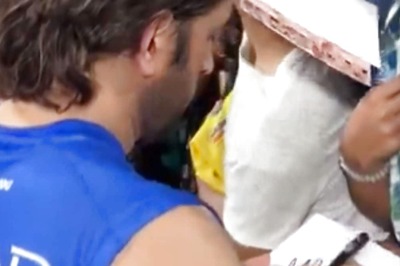
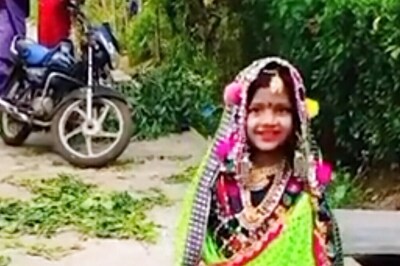
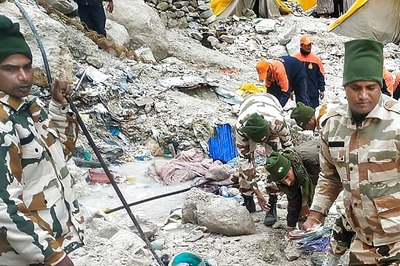

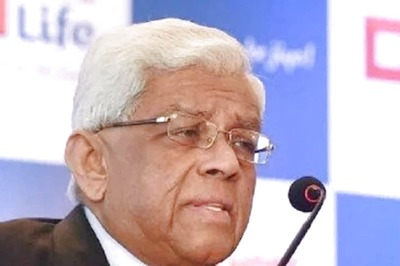

Comments
0 comment